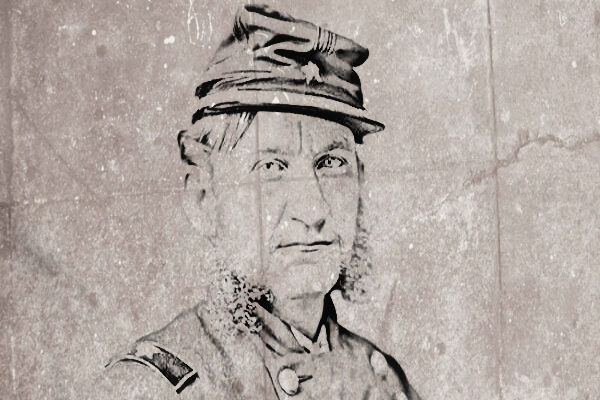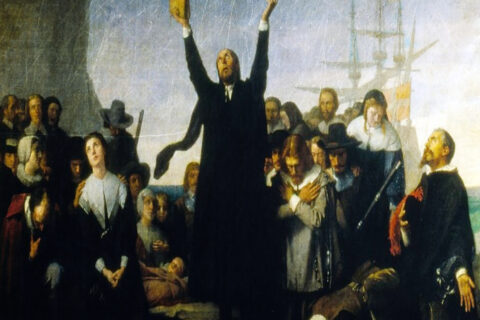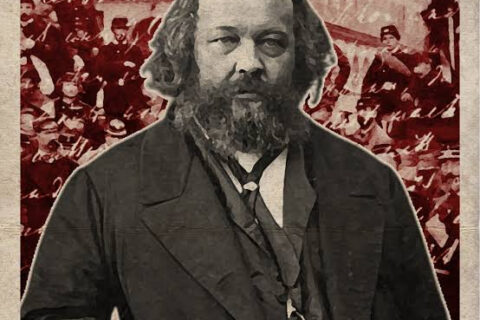Hugh Judson Kilpatrick was the quintessential Yankee, a cavalry commander in the War of Northern Aggression, who reached the rank of brevet major general. He was known by his own men, and not affectionately, as “Kill–Cavalry” because he was reckless with the lives of those under his command when such behavior made him look good in military reports. No soldier in his command was safe if his death made Kilpatrick appear better and get a step-up in the chain of command.
Wikipedia, not exactly a champion of unbiased accounts, had few positive things to say about him. It did note that he was: “aggressive, fearless, ambitious, and blustery. He was a master, in his mid-twenties, of using political influence to get ahead. His men had little love for his manner and his willingness to exhaust men and horses and to order suicidal cavalry charges. (The rifled muskets introduced to warfare in the 1850s made the historic cavalry charge essentially an anachronism. Cavalry’s role shrank primarily to screening, raiding, reconnaissance, and intelligence gathering.)… He also had a bad reputation with others in the army. His camps were poorly maintained and frequented by prostitutes, often visiting Kilpatrick himself. He was jailed in 1862 on charges of corruption, accused of selling captured Confederate goods for personal gain. He was jailed again for a drunken spree in Washington, D.C. and for allegedly accepting bribes in the procurement of horses for his command.” Almost seems like he could have been Joe Biden’s second cousin–or his son!
Kilpatrick played a rather dastardly role in the Dahlgren Affair, which many of my readers are familiar with. Kilpatrick’s troops, along with a detachment of soldiers under Ulric Dahlgren, were looking for a way to ford the James River. The idea of this raid on Richmond was to free Union prisoners there and, according to the Dahlgren Papers, to assassinate any Confederate cabinet members they came across – from Jeff Davis on down! These papers were found on or near Ulric Dahlgren when his body was discovered. Dahlgren’s command became separated from Kilpatrick’s command and was attacked by Confederate troops and home guard units. Dahlgren was killed and the papers discovered by Confederate home guards. There was quite a fuss over those Dahlgren Papers. I read two different books on the Dahlgren Papers over the years. The first one claimed they were probably a Confederate forgery, though at that point in the war, the Confederates were probably not at a point where they could create that kind of thing. The other book said they were genuine and gave good reasons for that position. If I recall correctly, the name of this book was Eight Hours Before Richmond.
The Confederate government protested these papers, asking if Union policy had now gotten to the point where it openly advocated political assassination. General Meade replied, but in a way that “kept his skirts clean.” I tend to believe this second book was more accurate than the first one I read. At any rate, while Dahlgren and his men were being killed, good ol’ Hugh Kilpatrick slipped away to pillage another day!
As the war drew to a close, Kilpatrick rode with Sherman and several 48er generals as they torched Atlanta and then worked their way up to the Carolinas where they wreaked unnecessary havoc on South Carolina. It was the perfect place for another Yankee “looter and pillager.”
Kilpatrick accompanied Sherman to the surrender negotiations for Joe Johnston’s Confederate forces that, to all intents and purposes, ended the war. That was on April 17, 1865. He was promoted to Major General in June, 1865, and resigned from the army later in December of that year. He was appointed Minister to Chile by Andrew Johnson. He became involved in politics – the last refuge of Yankee scoundrels – and as a Republican he ran unsuccessfully for Congress from New Jersey in 1880. It appears the citizens of the Garden State had more sense than to elect a man of his moral imponderables.
They even made a movie about Kilpatrick’s time in the Union Army in 2021, but, not having seen it, I can’t comment on its accuracy or lack thereof. But knowing how Hollyweird operates, I’m willing to bet it had more than its share of historical “inconsistencies.”
-By Al Benson Jr.

O I’m a good old rebel, now that’s just what I am. For this “fair land of freedom” I do not care at all. I’m glad I fit against it, I only wish we’d won, And I don’t want no pardon for anything I done.






We gave that egomaniac poltroon “Kill-Cavalry” a big black eye at the Battle of Aiken. He tried to take the town to pillage for himself and his essentially unsupported cavalry didn’t do too well.